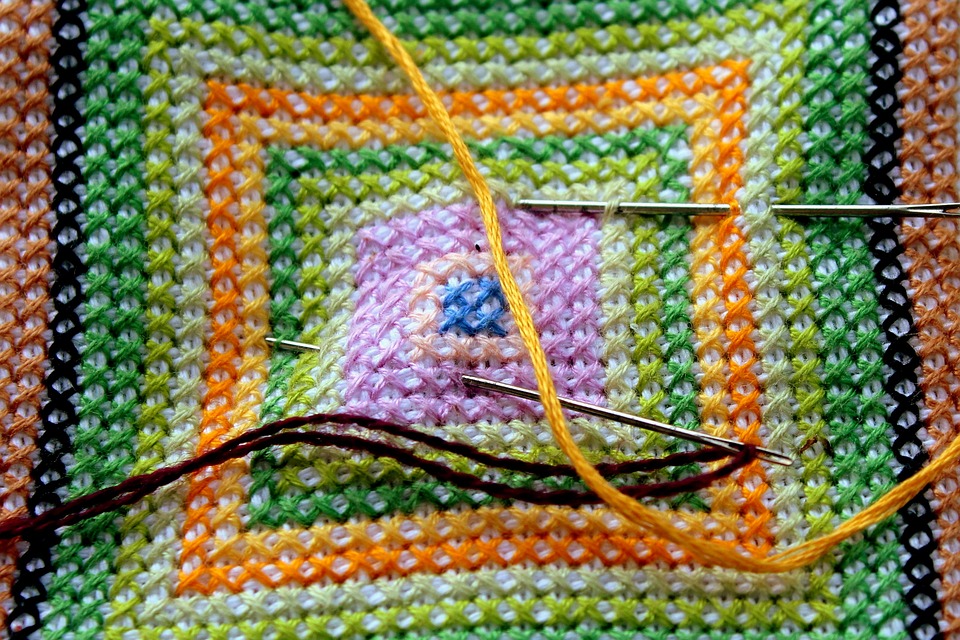Unleash your design potential with sewing thread color charts: Tips, tricks, and inspiration
When it comes to sewing, many people focus solely on fabric choices, patterns, and stitching techniques. However, one often overlooked aspect of sewing is the power of thread colors. By utilizing sewing thread color charts, you can unlock the full potential of your designs, adding depth, dimension, and personality to your creations. In this article, we will explore some tips, tricks, and inspiration to help you make the most out of your sewing thread color choices.
1. Understanding the color wheel:
Before diving into thread color selection, it is essential to familiarize yourself with the color wheel. The color wheel is a visual representation of colors and their relationships to one another. It consists of primary colors (red, yellow, and blue), secondary colors (orange, green, and purple), and intermediate colors obtained by mixing adjacent primary and secondary colors. By using the color wheel as a guide, you can create harmonious color combinations or experiment with contrasting hues for a bold statement.
2. Complementary colors:
Complementary colors are situated opposite each other on the color wheel. When used together, they create a striking contrast and are pleasing to the eye. Utilizing complementary thread colors can help highlight specific design elements, add visual interest, and make your stitches pop. For example, if you are working with a blue fabric, consider using a complementary orange thread for topstitching or a contrasting shade of green for an unexpected twist.
3. Analogous colors:
Analogous colors are located next to each other on the color wheel, creating a more harmonious and unified look. This color scheme is perfect when you want to create a cohesive design with a gentle transition of colors. For instance, if you’re sewing a quilt using shades of green fabric, you can choose various thread colors within the green-blue range to blend seamlessly with the overall color scheme.
4. Monochromatic colors:
If you prefer a more refined and elegant approach, utilizing monochromatic thread colors can add depth and interest without overwhelming the design. Monochromatic colors are variations of a single hue, ranging from light to dark. By selecting different shades and tones within the same color family, you can create subtle contrasts and highlights that enhance your sewing project. This technique is particularly effective when sewing delicate fabrics or creating intricate embroidery designs.
5. Adding texture with variegated thread:
Sometimes, a solid color might not be enough to bring your design to life. Variegated threads, often referred to as multicolored or embroidery threads, feature a blend of various colors within a single strand. This adds an intriguing texture and dimension to your sewing project. Variegated thread can be especially effective for quilting, decorative stitching, or creating captivating machine embroidery patterns.
6. Get inspired by nature, fashion, and art:
Finding inspiration for your sewing thread color choices can come from anywhere. Look to nature, fashion trends, or artworks for color combinations and palettes that speak to you. From vibrant blossoms in a garden to a captivating painting, these sources can ignite your creative spark and help you think outside the box when it comes to selecting thread colors.
Remember, sewing is not just about the final product; it’s about the process and the joy of creating something unique. By unleashing your design potential with sewing thread color charts, you can elevate your sewing projects to a whole new level. So, grab a color wheel, explore different combinations, and let your creativity and imagination guide your thread choices. With the right thread colors, your designs will truly come to life and reflect your personal style and artistic vision.

